News & Insights
Emerging trends and innovations in engineering for lighting design
Lighting design animates spaces, sculpts moods, and brings architectural visions to life. This article delves into advancements in daylighting techniques, façade lighting, automation and control, as well as near-future trends.
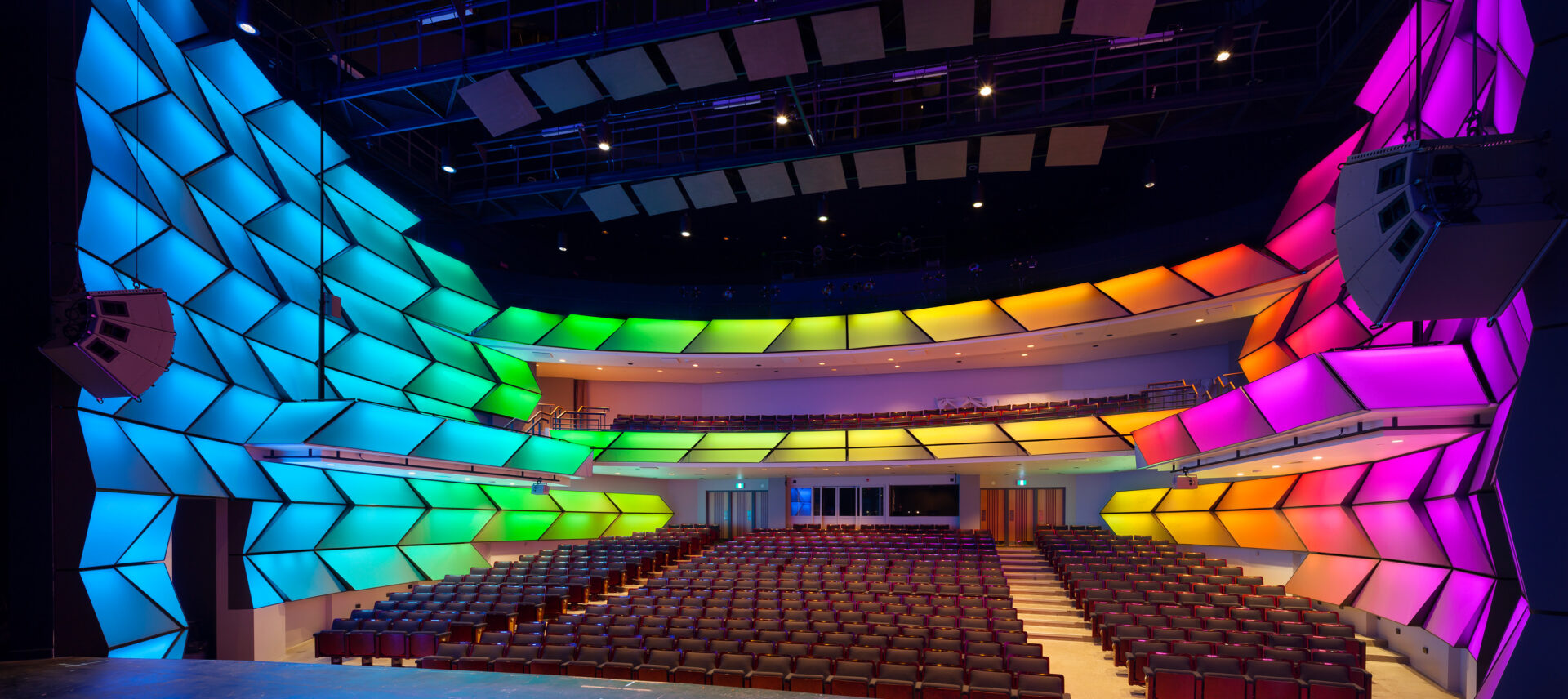
In the world of architecture, lighting design is an art and a science that breathes life into spaces, evokes emotions, and animates structures. As technology continues to advance, the field of lighting design is undergoing transformative changes. This article explores the exciting innovations and trends shaping the future of engineering for lighting design.
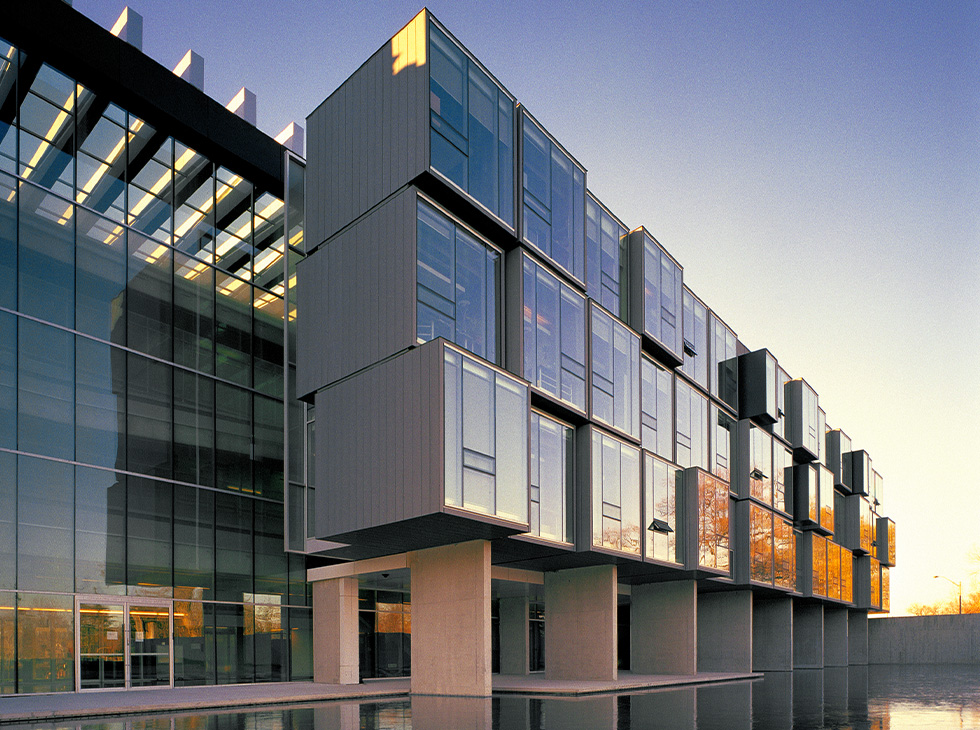
Daylighting: growth of strategies which focus on occupant wellbeing
Daylighting has long been a fundamental aspect of sustainable design, but its significance in the built environment is expanding. Its benefits, including energy efficiency, visual comfort, aesthetic appeal, and a connection to the outdoors, are well-documented. However, there is now a heightened emphasis on how it affects the health of building occupants.
Exposure to natural daylight has been linked to improved mood, increased productivity, and an enhanced overall sense of wellbeing. It plays an important role in regulating our circadian rhythms, which are essential for our sleep-wake cycle and overall health.
To leverage these advantages, lighting designers are increasingly employing light sensors and automated controls. These systems respond to ambient light conditions during daylight hours by adjusting artificial lighting levels. For example, they decrease artificial lighting to conserve energy usage as natural daylight increases during the day and vice versa in response to cloudy weather or sunset
The process of incorporating daylighting into designs typically begins with a daylight analysis, considering factors like the building’s location and orientation. Computer modeling is then used to collaborate with architects and further optimize daylighting strategies. In addition to conventional design elements such as large windows, skylights, light wells, and clerestory windows, lighting designers have a range of strategies at their disposal:
- Light shelves: Horizontal surfaces placed near windows to reflect and distribute daylight further into the space while reducing glare.
- Solar tubes: These cylindrical tubes work similar to skylights with reflective interiors that capture and channel daylight from the roof to the interior spaces.
- Dynamic glazing: Smart glass with adjustable transparency can modulate the amount of incoming sunlight, reducing the need for blinds or shades.
- Daylight redirecting systems: Prismatic panels or light-redirecting films on windows can redirect and diffuse incoming sunlight deeper into the building.
- Light-reflective materials: Using light-colored or reflective materials for walls and ceilings can help bounce natural light around the interior.
- Light diffusers: Diffusers placed on windows or skylights scatter incoming light to create a more even and comfortable illumination.
Collaboration between lighting designers and architects to combine established design principles with new technologies can significantly reduce the reliance on artificial lighting, lowering energy costs, and create more pleasant indoor environments can help clients meet goals in supporting occupant health.
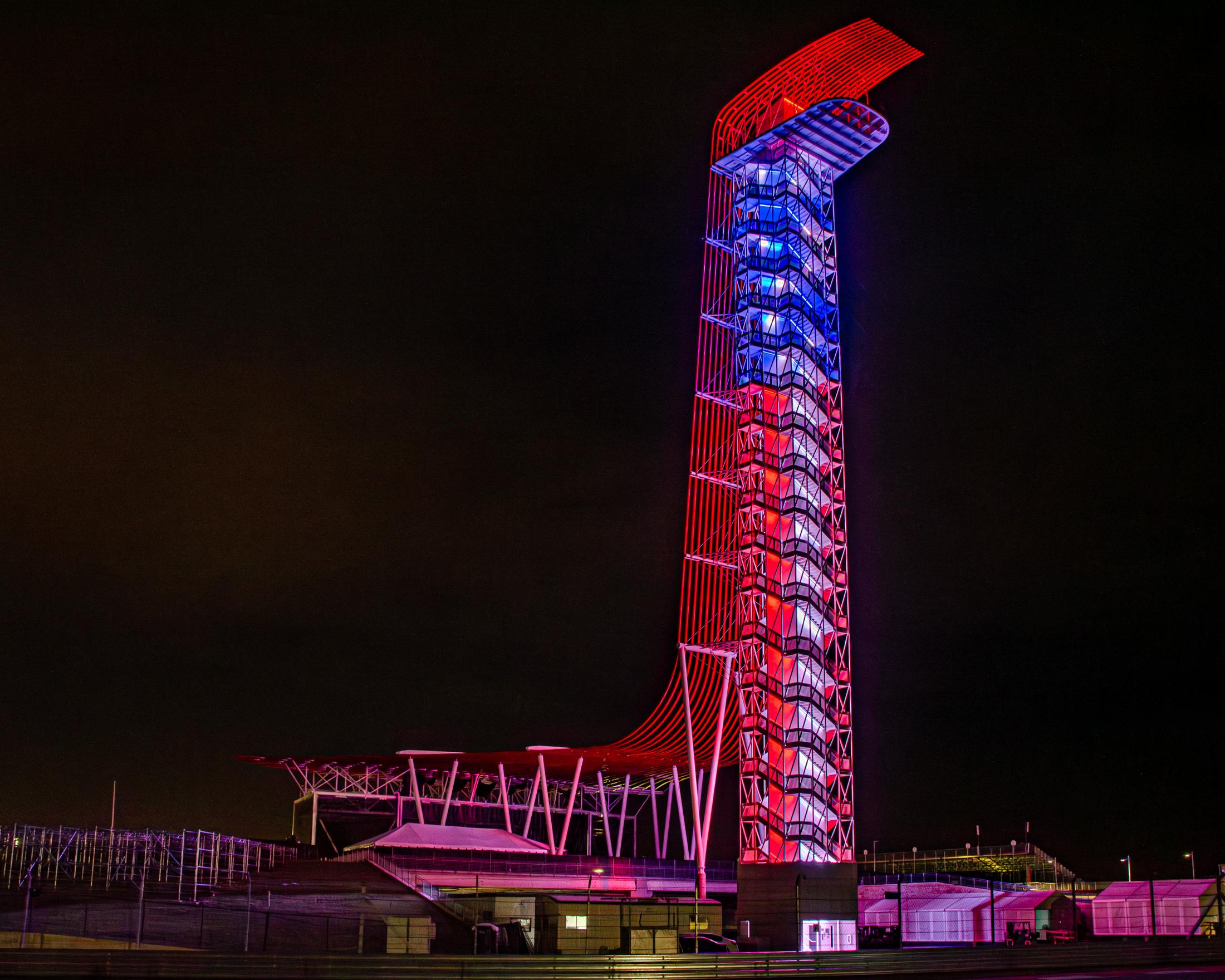
Façade lighting: a dynamic evolution fueled by advances in technology
LED technology has revolutionized facade lighting. LEDs are energy-efficient, long-lasting, and can produce a wide range of colors and effects, making them a popular choice for dynamic lighting projects. They can add dimension to iconic architecture and transform basic walls into dynamic canvases expressing the building contents. Whether the intent is subtlety or capturing attention depends on the architectural vision and the character of the surrounding community.
There are LED fixtures that mimic traditional incandescent façade fixtures, but it’s the distinctive capacity of LED that paves innovation in lighting design. The ability to emit powerful light with minimal space requirements and heat generation, coupled with their color-rendering capabilities and programmable potential, create fresh possibilities.
In addition to conventional fixtures like washes, floodlights, and spotlights, LED façade technologies include:
- Strips and Ribbons: LED strips and ribbons are remarkably flexible and easy to conceal. They are ideal for accentuating architectural elements, crafting intricate patterns, or adding subtle accents.
- Panel Lights: These thin, flat fixtures seamlessly integrate into façades, resulting in a sleek and contemporary appearance. They excel in creating expansive, uniform lighting surfaces.
- LED Projectors: Versatile LED projectors can cast images, patterns, or logos onto façades. They are commonly employed in projection mapping and imaginative lighting displays.
- In-Ground Lights: Flush-mounted in-ground fixtures, when skillfully positioned, graze façades with light, conjuring dramatic and visually striking effects.
- Pixel Lights: Comprising small, individually controllable LED nodes, pixel lights open avenues for dynamic and interactive lighting displays, often finding their place in artistic and creative lighting projects.
While LED fixtures are known for their longevity , their complexity creates challenges. When used in an animated way, they require more than simply getting power to the fixture. They need data, programming, and control. LED façade lighting can also require a larger investment initially. When a fixture fails—and they do—it can compromise the visual effect so ease-of-maintenance is an important factor in the design. There are additional expenses in control and programming, but the results are dynamic and can be well worth it.
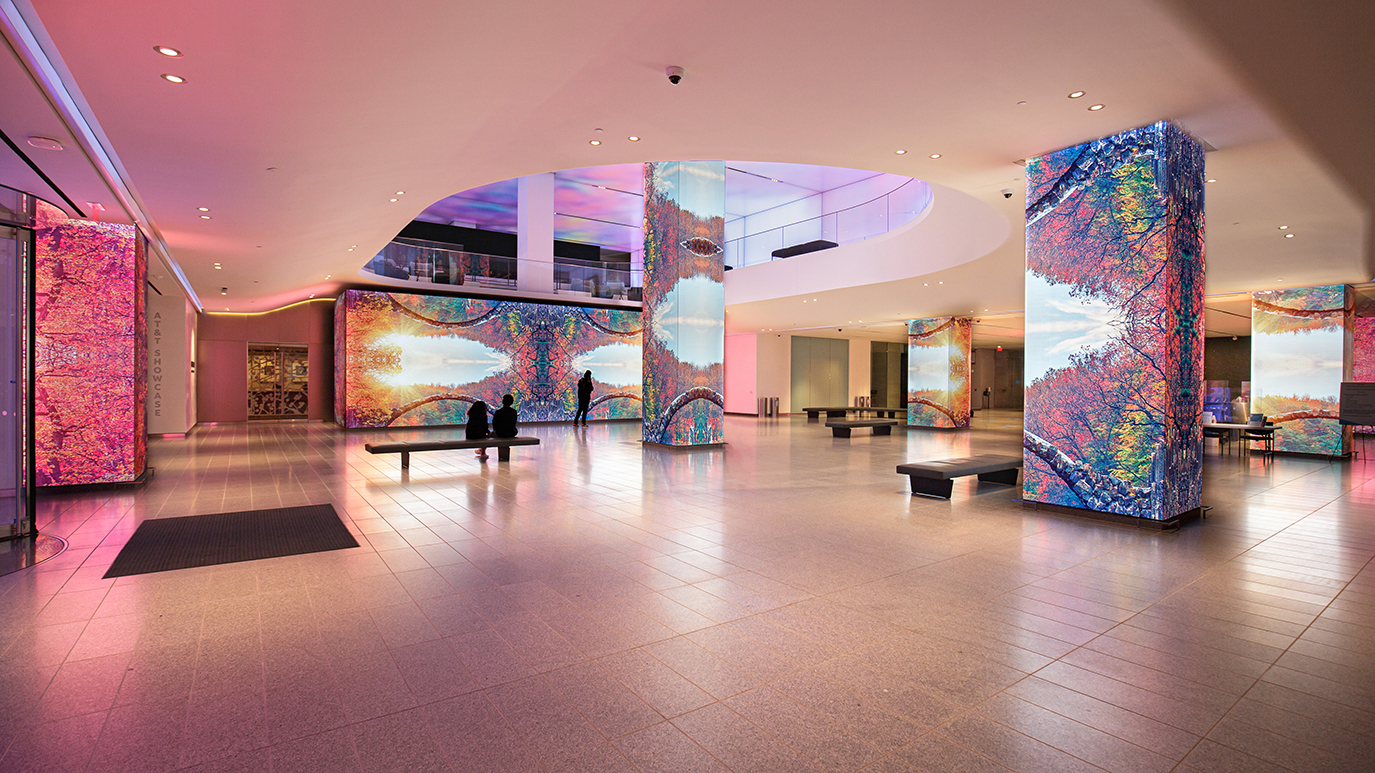
Digital art: blurring the lines between lighting and video
Customizable to a variety of shapes and sizes, LED video displays can be combined with lighting fixtures to create immersive experiences. With versatile applications in architectural projects, these large-scale digital displays are made up of individual LED modules to showcase dynamic visual content, including videos, animations, graphics, and advertisements. Think of these displays less like a video monitor and more like large scale digital art.
Because the displays produce light, synergy between the content creation and lighting design is creating dynamic uses both interior and exterior. Sophisticated control systems enable content management and scheduling, making it possible to program responsiveness of the lighting to the content.
An entire façade can be wrapped in video mesh, and “video sticks” work much like lighting strips and ribbons. Manufacturers are producing hybrid fixtures which combine lighting and video elements offering new possibilities for lighting designers.
Integration of architectural LED displays requires early planning and tight coordination between the architect, structural and electrical engineers, technology, and lighting designers. As an emerging discipline spanning multiple sections of construction specifications, it also requires coordination with manufacturers and the construction team to deliver a successful cohesive and functional design.
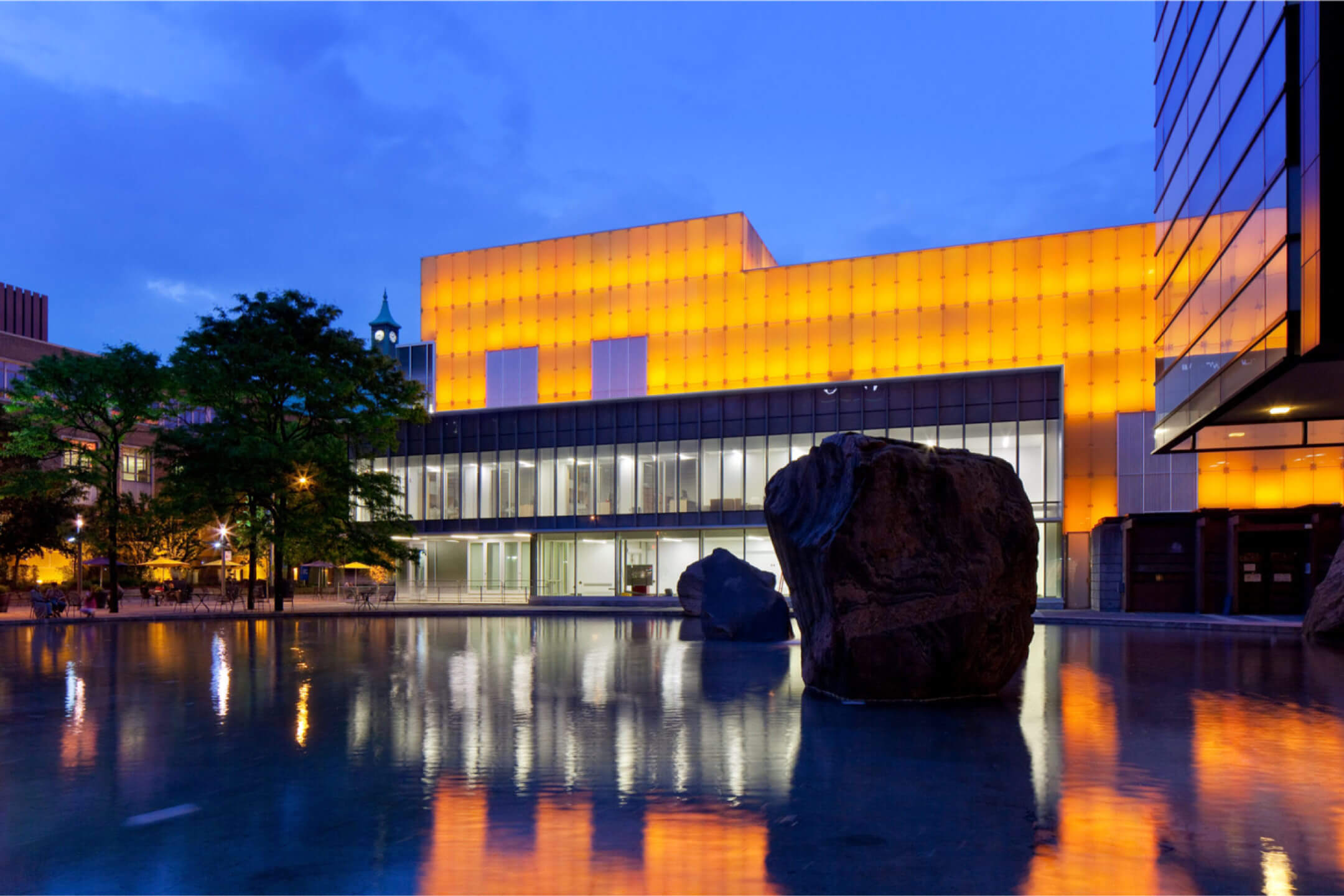
Automation and control systems: advances in operation and creativity
The rapid advancement of automation and control systems has revolutionized the way engineers approach lighting design. Client expectations are driving innovation in this area. Here are some of the highlights:
- DMX technology—which used to be limited to entertainment facilities—is now another way to get precise lighting control for all types of applications. It allows for precise control over individual fixtures or groups of fixtures, making it possible to create intricate and synchronized lighting displays. Engineers can harness DMX to craft immersive lighting experiences that enhance the ambiance of spaces and create immersive experiences.
- Digital Addressable Lighting Interface (DALI) protocol. DALI network consists of controller, bus power supply, input and control devices with DALI interfaces. The protocol permits addressing devices individually, in group or through broadcast. Group and scenes are used to ensure simultaneous execution of level changes with precision.
- Show control software is another technology moving from entertainment venues into other applications. These software solutions empower designers to choreograph intricate lighting sequences for architectural lighting displays.
- Bring your own device (BYOD). Many lighting control systems can be accessed through smart phone and tablets to give clients remote access to control and automation.
- Sensors. Smart lighting systems, enabled by sensors, allow for real-time monitoring and adjustment of lighting conditions. This has led to increased energy savings and a more responsive lighting environment. Sensors can be used to respond to occupancy, optimize utilization of natural light, and tune the color of the lights based on time of day.
- Wireless communication protocols have gained prominence in lighting control. These technologies eliminate the need for complex wiring and make it easier to retrofit existing spaces with advanced control systems.
- Integration with Building Management Systems (BMS). Lighting control systems are increasingly integrated with broader building management systems. This integration allows for better coordination of lighting with HVAC, security, and other building functions, leading to improved overall efficiency.
The advances in automation and control systems are opening increasing options for customization allowing clients to change their environments in dramatic and subtle ways.
What’s next? Near-future trends
As the field of lighting design continues to evolve, several near-future trends are poised to shape the industry and drive innovation. Here’s what’s on the horizon:
Increased focus on color tuning
The ability to precisely control the color temperature of lighting fixtures has already made a significant impact on design possibilities and user experience, when clients are increasingly expressing preferences in white light. From warm light (like soft white incandescent light bulbs) at ~2,700 degrees Kelvin to a cooler light (like a clear sunny day) at ~6,500 degrees Kelvin, lights can be controlled to change throughout the day. Our experts see color tuning becoming as popular as dimming has been in the past for a wide range of architectural contexts.
Shift from AC to DC wiring
Traditionally, lighting systems have relied on alternating current (AC) wiring. However, a shift towards direct current (DC) wiring—including Power-Over-Ethernet (POE)—is on the horizon. DC power distribution offers advantages such as improved energy efficiency, compatibility with renewable energy sources like solar panels, and simplified integration with electronic devices including LED’s. This transition will pave the way for more efficient and sustainable lighting solutions. Salas O’Brien is working with multiple clients on this shift including the recently opened Kaiser Permanente Medical Center in San Marcos, California.
OLED technology
Organic Light Emitting Diode (OLED) technology is a promising technology for the lighting industry. OLEDs are flat, thin (1/8”), and flexible, offering a new dimension in lighting design. These panels emit soft, uniform light and can be integrated into various surfaces and shapes. There are still some challenges to be overcome for widespread use, but the technology is quickly evolving.
Changes to energy codes and standards
As environmental concerns grow and technology advances, we can expect further changes to energy codes and standards. These updates will challenge engineers and designers to innovate, with a continued focus on reducing energy consumption, minimizing waste, and minimizing “light pollution” within urban areas.
Better options for recycling fixtures
With sustainability at the forefront of design practices, the disposal of lighting fixtures at the end of their lifecycle is a growing concern. Options for recycling lighting fixtures need to improve. Manufacturers are exploring more eco-friendly materials and designs that facilitate disassembly and recycling, but there is a long way to go to get to a circular economy where materials are reused and repurposed rather than discarded.
For media inquiries on this article, reach out to Stacy Lake.

Wally Eley, P.Eng, PE, LC, BDS
Wally Eley is a pioneer in the Canadian lighting design industry and has received multiple international awards of Excellence and Merit for the designs which he directed. In addition to his design work, Wally teaches lighting design at the Toronto Metropolitan University Chang School of Continuing Studies in the faculty of Interior Design. Wally serves as a Principal Emeritus at Salas O’Brien. Contact him at [email protected].
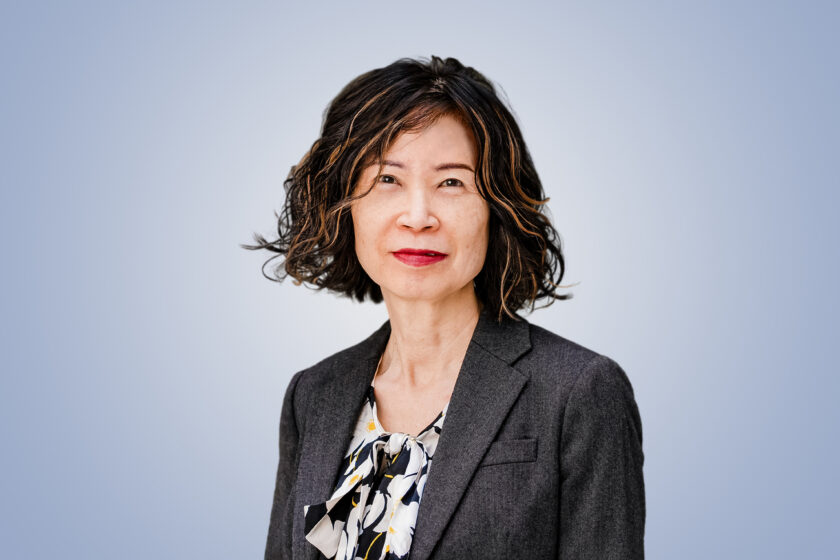
Ion Luh, M.Sc, IALD
Ion Luh’s lighting design experience bridges the demanding application in pharmaceutical research facilities to dramatic lighting for the theatrical experience of audiences in major concert halls. Recipient of numerous international design awards and speaks at various design conferences globally. Ion serves as a Senior Associate at Salas O’Brien. Contact her at [email protected].

Dan Schoedel, MET, LEED AP
Dan Schoedel is an entertainment lighting designer whose experience bridges theatres, arenas, stadia, and other spaces where people gather to share an experience. A specialist in immersive environments, Dan works at the crossroads where new technologies merge to create innovative experiences. Dan has a Masters in Entertainment Technology from Carnegie Mellon University. Dan serves as a Senior Consultant at Salas O’Brien. Contact him at [email protected].

David Stephens, LEED AP
David Stephens is gifted in the development of auditoria and theatrical spaces with technical experience in lighting and theatre technology. He joined the team in 2000 after spending the first 18 years of his career with Disney. David leads cross-discipline teams for entertainment and theatrical projects. David serves as an Associate Vice President at Salas O’Brien. Contact him at [email protected].